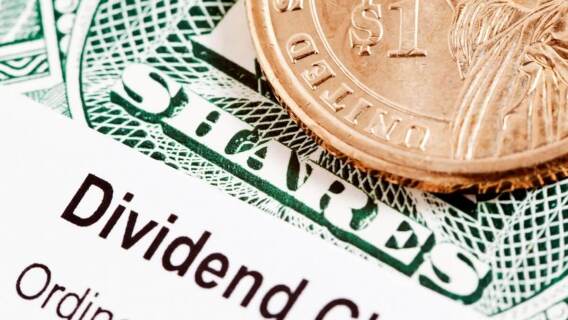There are a wide variety of income-generating products available to investors, and finding the best way to provide a steady income can be challenging. With bond funds and bond ladders, annuities, REITs and MLPs, or ETFs and mutual funds, there are seemingly endless ways to generate income and the right option or combination of options will vary by investor. That being said, equity dividends are a time-tested income strategy that generally works in almost any portfolio. If you are looking for exposure to equity dividends but don’t want to manage a full portfolio of stocks, then a dividend ETF might be a great choice for you.
A dividend ETF is exactly what it sounds like, an exchange-traded fund that prioritizes dividend-paying investments. Some track dividend indexes, some look for high-paying global investments, while others may focus on a specific sector or investment type.
[text_ad]
While this list is not comprehensive, we wanted to highlight a handful of dividend ETFs that are worth watching for income-oriented investors.
Dividend ETF #1: SPDR S&P Dividend ETF (SDY)
What is it? SDY seeks to track the S&P High Yield Dividend Aristocrats Index which is designed to measure the performance of S&P Composite 1500 companies that have a track record of consistently raising their dividends every year over at least a 20-year period and then weighs those companies by indicated yield.
Fund Facts:
- $21 billion AUM (assets under management)
- 2.5% yield
- 0.35% expense ratio
Who’s it for? With an average 10-year return of about 9.8% and a solid 2.5% dividend yield, this dividend ETF is excellent for investors who value stability and reliability over rapid growth and appreciation.
Dividend ETF #2: ProShares S&P 500 Dividend Aristocrats ETF (NOBL)
What is it? NOBL seeks to track the S&P 500 Dividend Aristocrats index which is composed of companies that have grown their dividends every year for at least 25 years (with most having done so for 40 years or longer). This fund is equal-weighted into a minimum of 40 stocks, with no sector representing more than 30% of the fund.
Fund Facts:
- $12 billion AUM
- 2.0% yield
- 0.35% expense ratio
Who’s it for? This dividend ETF has an average 10-year return of 10.5%, which underperformed the S&P 500 but also affords less volatility than comparable funds. In exchange for slower appreciation and a lower yield, this fund offers less downside and concentration risk due to the fund’s stated diversification goals.
Dividend ETF #3: Vanguard Dividend Appreciation Index Fund ETF (VIG)
What is it? VIG seeks to track the performance of the Nasdaq U.S. Dividend Achievers Select Index which is comprised of securities with at least 10 consecutive years of increasing annual regular dividend payments. This fund employs an indexing approach designed to replicate the performance of the index which typically results in less turnover than a more discretionary fund.
Fund Facts:
- $94 billion AUM
- 1.8% yield
- 0.06% expense ratio
Who’s it for? This dividend ETF applies an index approach which translates to the lowest expenses of the group, making it an excellent choice for cost-conscious investors. That low expense ratio also contributes to a slightly higher 10-year return of 11.5%. Given the index’s lower barrier to entry (10 years of dividend increases as opposed to 20 years or more), it’s possible that exposure to companies earlier in their growth cycle may also be contributing to those higher returns.
These are just a handful of the excellent dividend ETFs available to investors and each offer unique upside potential and downside risk, but dedicating a portion of your portfolio to dividend-paying stocks or a dividend ETF can help you generate the income you need in retirement.
How are you allocating your portfolio for income?
[author_ad]
*This post is periodically updated to reflect market conditions.


